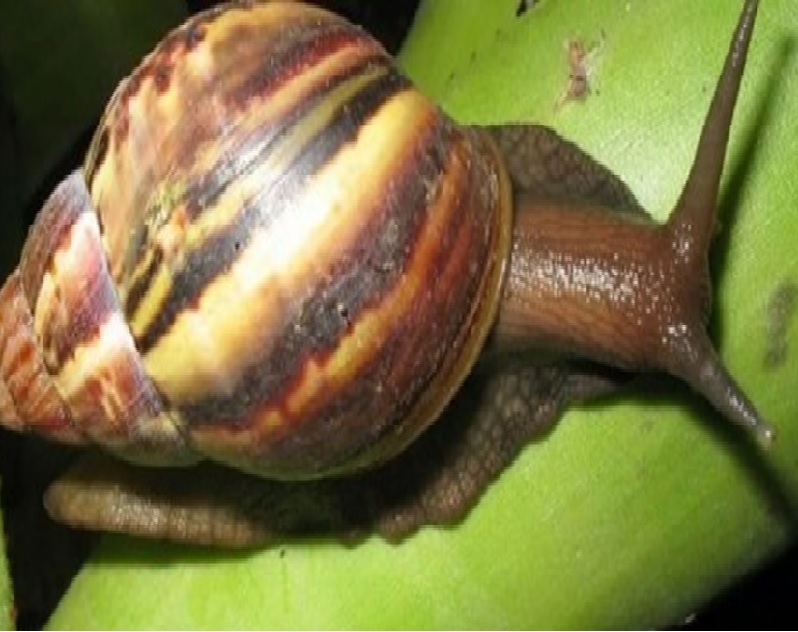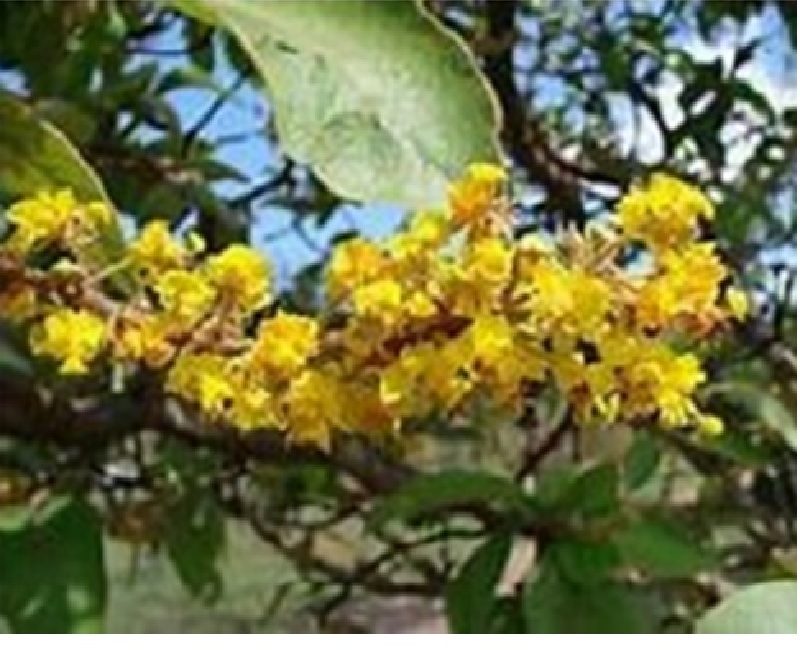
Authors:
Garcia, Mariana L. 1 ; de Oliveira, Andrew A. 1 ; Bueno, V, Renata 1 ; Nogueira, Victor H. R. 1 ; de Souza, Guilherme E. 1 ; Guido, Rafael V. C. 1
Abstract:
Malaria is an infectious disease caused by protozoan parasites of the genus Plasmodium and transmitted by Anopheles spp. mosquitos. Due to the emerging resistance to currently available drugs, great efforts must be invested in discovering new molecular targets and drugs. N‐myristoyltransferase (NMT) is an essential enzyme to parasites and has been validated as a chemically tractable target for the discovery of new drug candidates against malaria. In this work, 2D and 3D quantitative structure–activity relationship (QSAR) studies were conducted on a series of benzothiophene derivatives as P. falciparum NMT (PfNMT) and human NMT (HsNMT) inhibitors to shed light on the molecular requirements for inhibitor affinity and selectivity. A combination of Quantitative Structure–activity Relationship (QSAR) methods, including the hologram quantitative structure–activity relationship (HQSAR), comparative molecular field analysis (CoMFA), and comparative molecular similarity index analysis (CoMSIA) models, were used, and the impacts of the molecular alignment strategies (maximum common substructure and flexible ligand alignment) and atomic partial charge methods (Gasteiger‐Hückel, MMFF94, AM1‐BCC, CHELPG, and Mulliken) on the quality and reliability of the models were assessed. The best models exhibited internal consistency and could reasonably predict the inhibitory activity against both PfNMT (HQSAR: q2/r2/r2pred = 0.83/0.98/0.81; CoMFA: q2/r2/r2pred = 0.78/0.97/0.86; CoMSIA: q2/r2/r2pred = 0.74/0.95/0.82) and HsNMT (HQSAR: q2/r2/r2pred = 0.79/0.93/0.74; CoMFA: q2/r2/r2pred = 0.82/0.98/0.60; CoMSIA: q2/r2/r2pred = 0.62/0.95/0.56). The results enabled the identification of the polar interactions (electrostatic and hydrogen‐bonding properties) as the major molecular features that affected the inhibitory activity and selectivity. These findings should be useful for the design of PfNMT inhibitors with high affinities and selectivities as antimalarial lead candidates.
1 Sao Carlos Institute of Physics, University of Sao Paulo, Sao Carlos, Sao Paulo, Brazil
Link to article: https://onlinelibrary.wiley.com/doi/full/10.1002/ddr.21646







